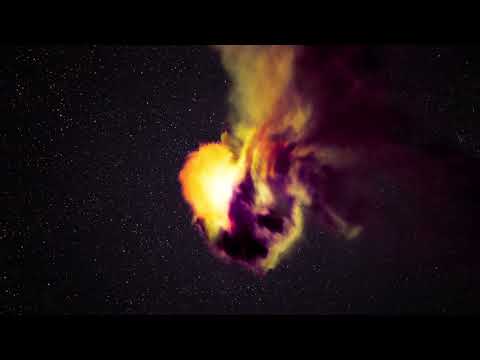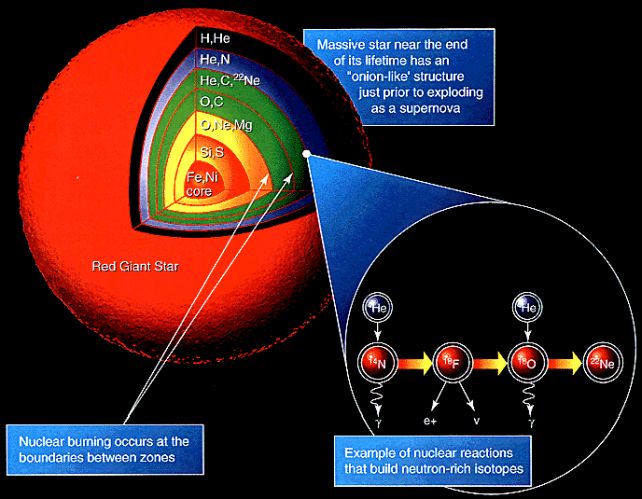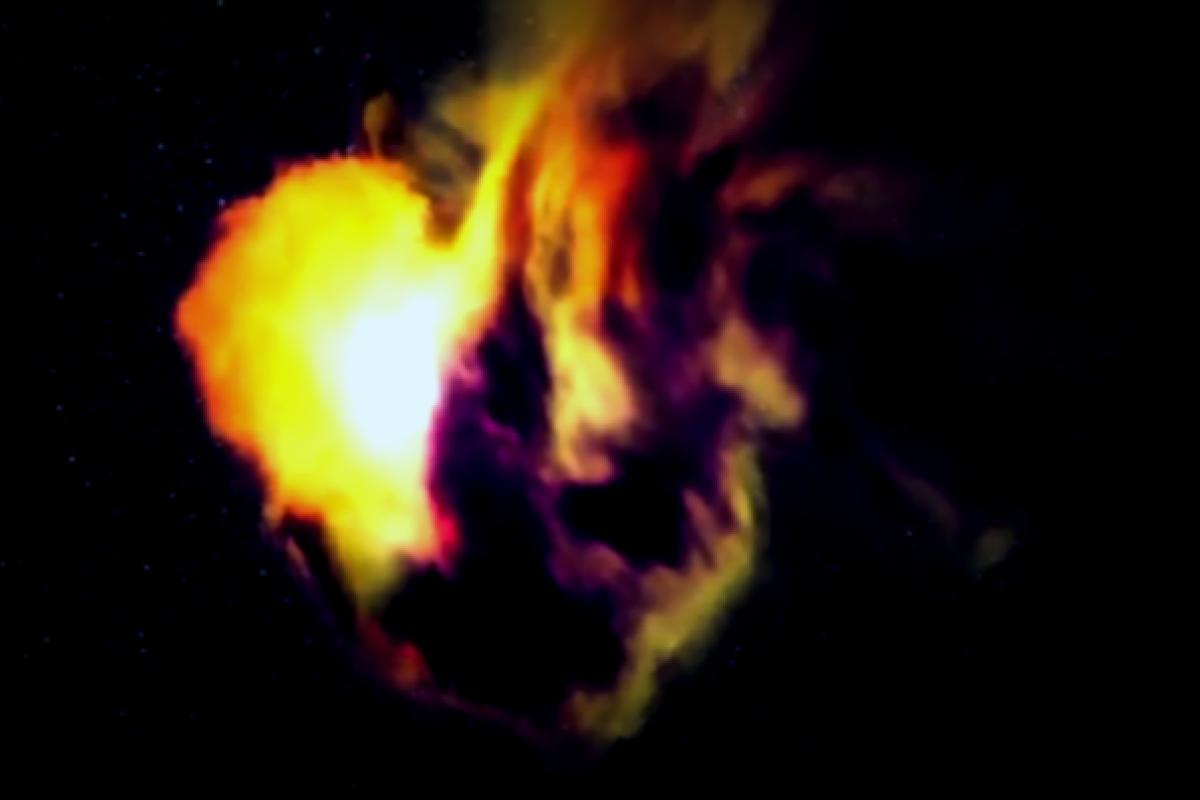Have you ever thought about what happens when a star reaches the end of its life? Well, one recent cosmic event made waves like never before in the astronomical community!
In 2021, a supernova named SN2021yfj exploded, located a mind-boggling 2.2 billion light-years away from us. What blew everyone’s mind was the discovery of elements like silicon, sulfur, and argon inside this dying star—a find that hadn’t been recorded before.
According to a team led by Steve Schulze, an astrophysicist at Northwestern University, these discoveries provide the first solid proof of hypothesized layers of various elements inside massive stars. This momentous find sheds new light on how these giants wind down their stellar existence.
Related: This Supernova Expands Like a Dandelion in Space!
Astrophysicist Adam Miller from Northwestern described this supernova as an “event like nothing seen before”. It was so unusual that the team even began to second-guess whether they had observed the right object. Miller emphasized that this phenomenon forces scientists to rethink traditional ideas about star evolution. Although textbooks are certainly not wrong, they don’t encompass the entirety of what’s out there. It’s likely there are stranger paths leading to the death of over-massive stars, which we have yet to consider.

The interior life of a star is powered by fusion in its core. Inside, the pressures and temperatures are so intense that atoms squish together to form heavier elements. In massive stars, hydrogen transforms into helium, which evolves into carbon, progressing all the way to iron.
Iron represents the ultimate end, as fusing iron consumes more energy than it generates—signaling the impending death of the star. During their lifetimes, different elements created through fusion arrange themselves in layers akin to an onion, with heavier elements nestled in the center and lighter elements (like hydrogen and helium) encircling them.
Interestingly, when supernovae explode, astronomers generally only spot these lighter elements in the debris, with heavier elements making rare appearances, just as far as carbon and oxygen. But SN2021yfj’s distinct element mix suggests some exceptionally violent sequences occurred before its grand finale.
As Schulze noted, “This marks the first time we’ve spotted a star seemingly stripped down to its core.” This finding helps illustrate how the structure of stars works and proves that significant material can be shed before a supernova. Not only can a dying star lose its outer layers, but it can also be wholly dissected and still produce an incredible explosion observable from vast distances.

Right before a massive star’s demise, chaos reigns. In the lead-up to the supernova, the star ejects massive amounts of outer material. Elements like silicon, sulfur, and argon should only appear close to the core near the star’s end-of-life point, indicating that the star responsible for SN2021yfj managed to lose an extraordinary amount of mass compared to other exploding stars.
The precise mechanics behind this loss remains shrouded in mystery, but there’s a theory that suggests the star’s death throes lead to successive explosions, scattering its outer layers. As the initial mass burns through its core fuel, gravity takes over, pulling everything inward while the pressure from fusion dwindles.
This rising inward pressure stimulates fresh fusion, resulting in explosive blasts that strip off outer layers. The debris circle formed would then intersect with the swiftly moving supernova material during the last explosion, producing the remarkable brightness visible from billions of light-years away. However, it takes more data to solidly confirm this theory.
Though Miller expresses confidence in their speculative model of this explosive event, he hedges his bets, noting that it’s based on just one example thus far. This star’s explosive death underscores the vital need for further observations of these uniquely rare supernovae to deepen our understanding of cosmic curtain calls.
The finalized research article showcasing these findings has been published in Nature.


















